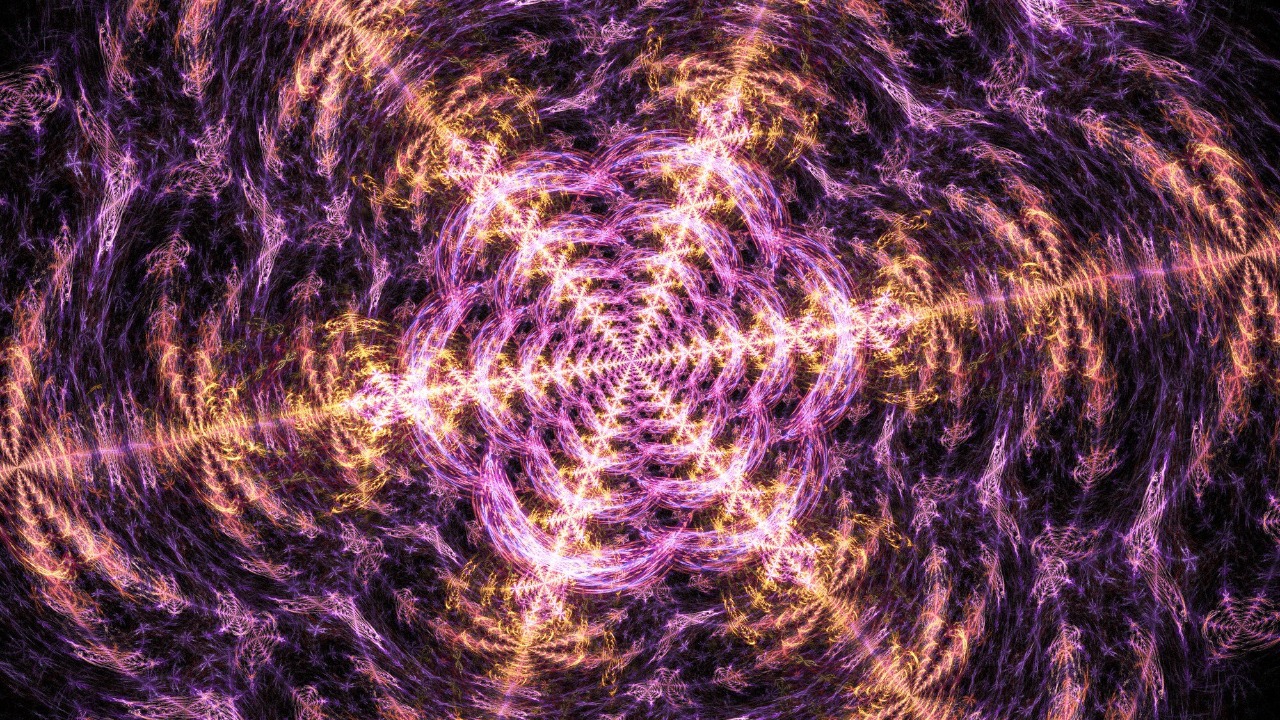
Researchers have made a significant breakthrough in the field of quantum physics by demonstrating multimode quantum entanglement using dissipation engineering. This innovative method, which leverages controlled energy loss to create entanglement across multiple modes, could greatly enhance quantum computing and sensing applications.
Background on Quantum Entanglement
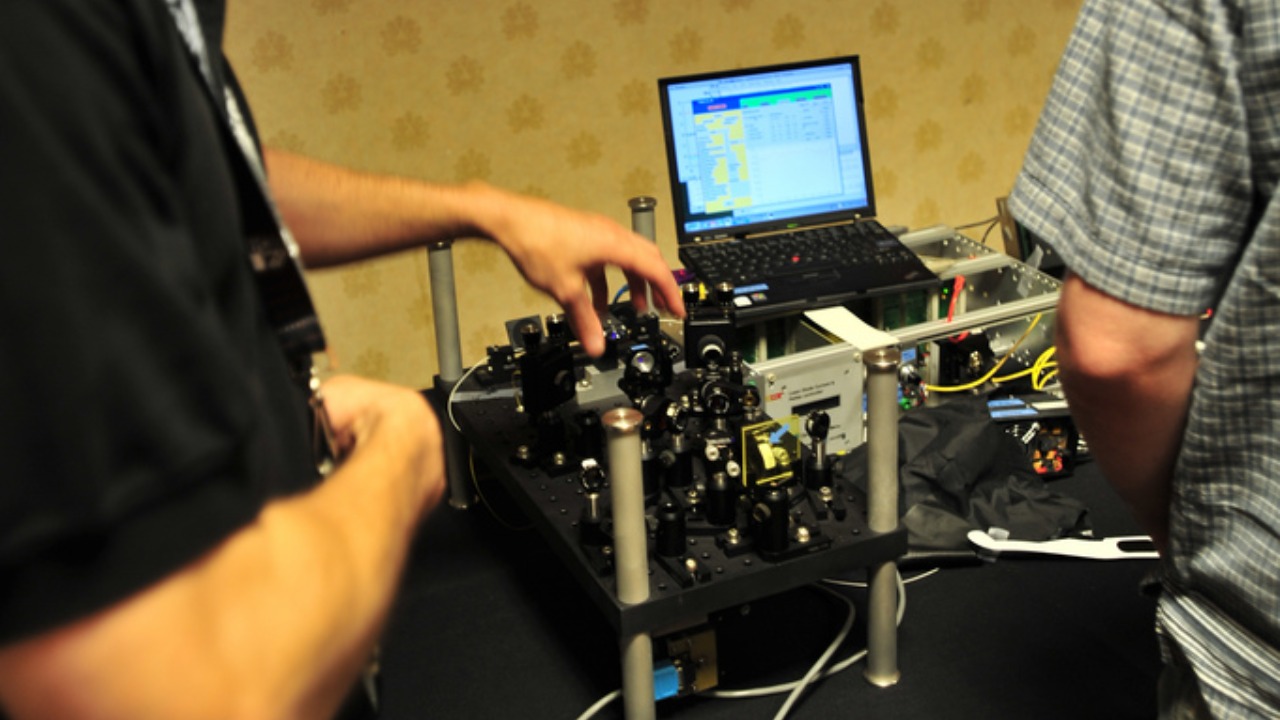
Quantum entanglement is a foundational principle of quantum mechanics, where particles become correlated in such a way that the state of one instantly influences another, regardless of the distance between them. This phenomenon was first brought to light in the 1935 paradox proposed by Einstein, Podolsky, and Rosen. However, scaling entanglement to multiple particles or modes presents significant challenges, such as decoherence and fragility in real-world environments. Traditional methods like laser cooling or unitary gates often fail for multimode systems, making the achievement of stable multipartite entangled states a complex task.
Interestingly, dissipation, a process often associated with the destruction of quantum states, has emerged as a counterintuitive tool in quantum optics. Controlled loss can actually stabilize rather than destroy quantum states, opening up new possibilities for generating and maintaining quantum entanglement (Science.org).
Understanding Multimode Entanglement

Multimode quantum entanglement refers to correlations extending across multiple degrees of freedom, such as spatial, temporal, or frequency modes in photonic or atomic systems. This is a step beyond bipartite cases, where entanglement is limited to two modes. Multimode entanglement offers several advantages over single-mode entanglement, including higher information capacity for quantum networks and improved fault tolerance in distributed computing.
Quantifying multimode entanglement involves metrics like concurrence or entanglement entropy. The recent experiments demonstrating multimode quantum entanglement using dissipation engineering have provided valuable insights into how these metrics can be used to measure success (Phys.org).
Principles of Dissipation Engineering
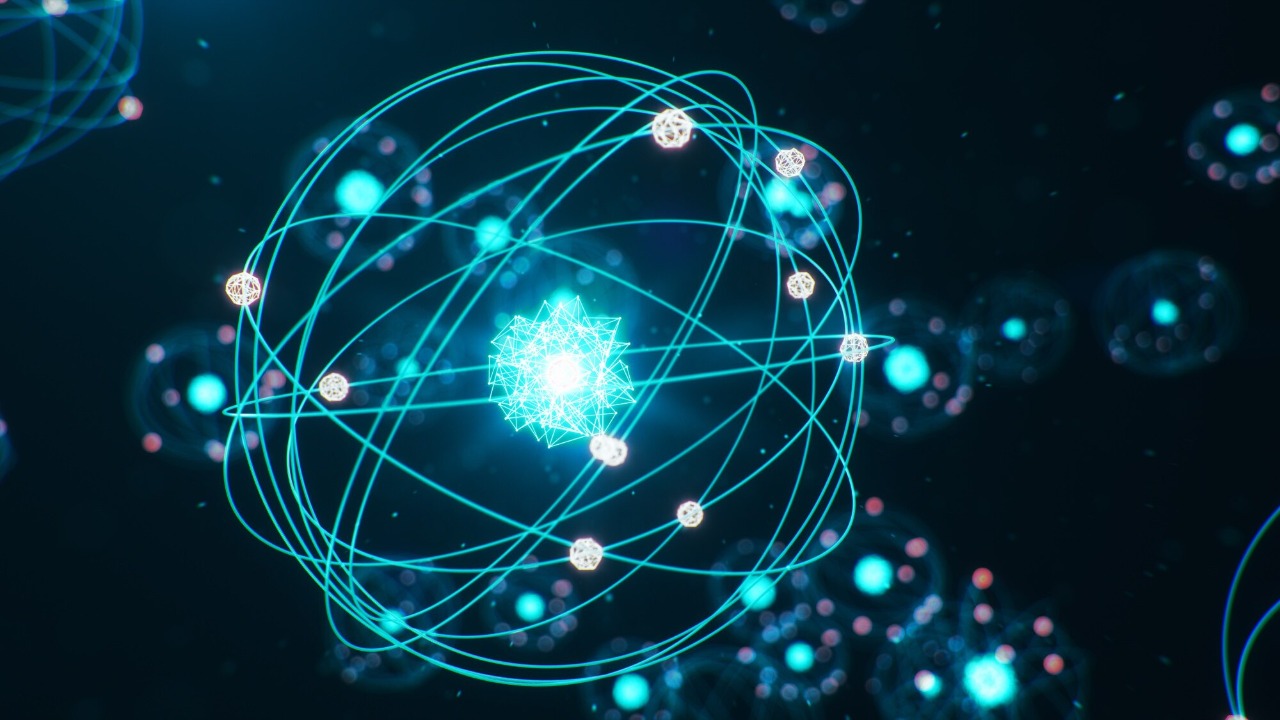
Dissipation engineering is a technique that manipulates open quantum systems by designing loss channels to drive the system toward entangled steady states. This approach contrasts with closed-system evolution, which relies on unitary operations. Theoretical frameworks, such as Lindblad master equations, model dissipative dynamics and enable the prediction of entanglement generation.
Examples of dissipative mechanisms include cavity losses or atomic decay, which can be tuned via parameters such as coupling strengths or detunings. This level of control over dissipation rates is crucial for the successful implementation of dissipation engineering (SSBCrack News).
Experimental Setup and Methodology
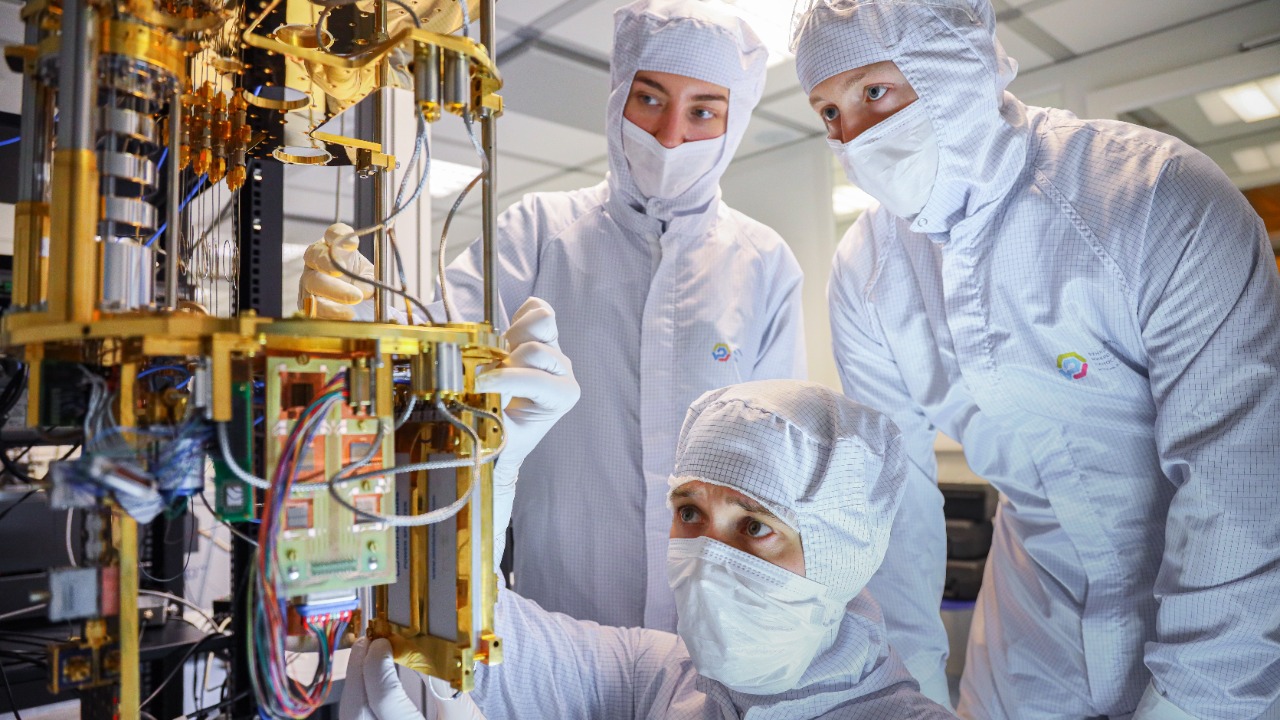
The physical platform used for demonstrating multimode quantum entanglement via dissipation engineering can vary, but it typically involves an optical cavity or trapped ion array. The system is initialized and then subjected to engineered losses that induce entanglement. Control techniques, such as feedback loops or pulse shaping, are used to achieve precise dissipation rates.
The specifics of the setup and methodology are crucial to the success of the experiment. For instance, the configuration of components like mirrors, lasers, or qubits for multimode interactions can significantly impact the results (Science.org).
Key Results from the Demonstration

The core achievement of the recent experiments is the generation of multimode entangled states with high fidelity. These states were verified through tomography or correlation measurements. The results also showed that dissipative methods maintain entanglement longer than coherent approaches under noise, highlighting the stability of the entangled states generated through dissipation engineering.
Quantitative data, such as entanglement witnesses or scaling behaviors, confirmed multipartite correlations, further validating the success of the experiments (Phys.org).
Implications for Quantum Technologies
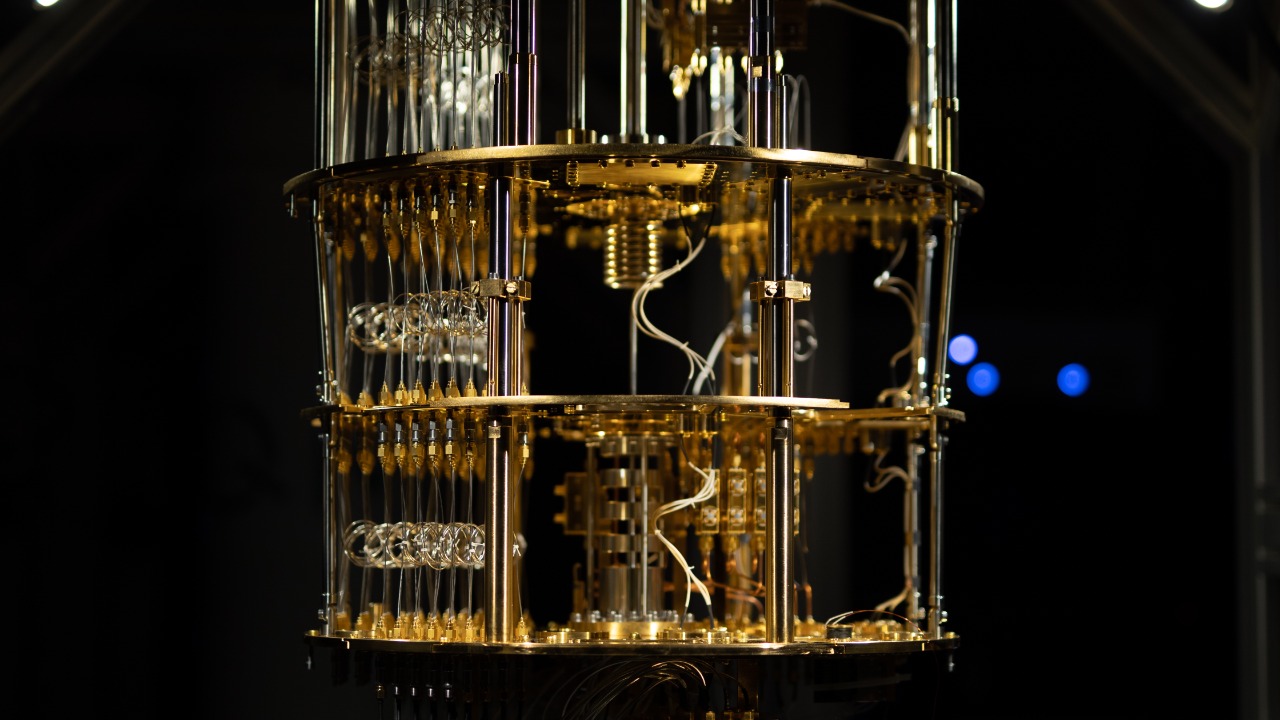
The successful demonstration of multimode quantum entanglement via dissipation engineering has significant implications for quantum technologies. In quantum computing, for instance, this method could enable scalable gates or error-corrected qubits in noisy environments. It also has potential in quantum sensing and communication, where it could enhance precision metrology or secure multipartite networks.
Moreover, the method could be integrated with existing hardware platforms to develop practical devices, bringing us a step closer to the realization of quantum technologies in everyday applications (SSBCrack News).
Challenges and Future Directions

While the recent experiments have yielded promising results, there are still limitations and challenges to overcome. These include scalability to higher mode numbers or integration with hybrid systems, along with current hurdles like precise control of dissipation rates. Future research could explore combining dissipation engineering with machine learning for optimization or testing the method in solid-state platforms.
Open questions, such as the robustness of the method against environmental perturbations, also need to be addressed. These challenges pave the way for future goals, such as the development of fault-tolerant quantum repeaters, which could revolutionize quantum communication (Science.org).